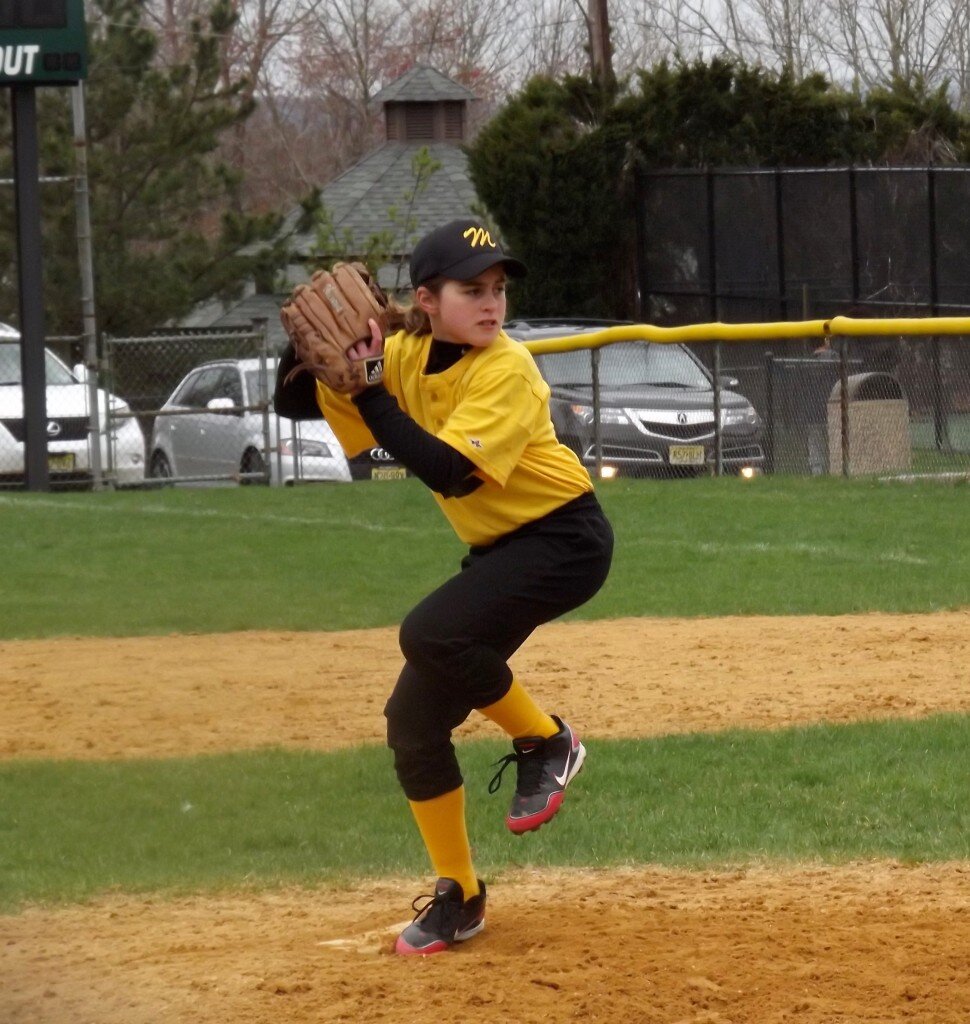Confidence Booster Toolkit
I recently attended a Parent Book Group at my daughter’s school where we were discussed The Confidence Code: The Science and Art of Self–Assurance—What Women Should Know by Katty Kay and Claire Shipman. The book revealed the many ways girls and women lack confidence and how a lack of confidence negatively impacts success. I, along with the women in the book group, could absolutely relate to the findings in the book.
We were fortunate enough to have the head of school facilitate the discussion. We reflected on how the data from the book resonated with us as women and as mothers of daughters. Then we took the discussion one step further by brainstorming ways to use the information in the book to improve our own confidence as well as that of our daughters’. As I left the discussion bursting with enthusiasm, I thought about how I could integrate the information I had learned in a way that boosted confidence in my daughter and myself, which could potentially be useful to other girls and women. Alas, the Confidence Booster Toolkit was born. Below are some of the items I would put in a Confidence Booster Toolkit based on what I learned from reading and discussing The Confidence Code.
Wasted Worry Jar: Worry and doubt are confidence-killers. They not only make you appear less confident, but can interfere with the ability to act and make things happen. In order to demonstrate to my family the uselessness of worrying, I created a Wasted Worry Jar. The concept is simple, if you have a worry that turns out to be fine, you must put a quarter in the worry jar. For example, if you are worried that you will fail the math test, and then you don’t, you owe the jar a quarter. As the quarters add up, there is a visible testament to the amount of time we spend needlessly worrying. We don’t want to get rich off of our worries!
Memory Journal: As a positive psychology coach, I make sure to ask my clients to remember times when things didwork and pay attention to the positive things in their lives. The reason I do this is because what we think can affect how we feel. By keeping track of our successes and our efforts, we can utilize these memories to give us the confidence to take on the next challenge. “Our memories, conscious or not, are informing what we decide to do next.” (p. 81) Therefore, keeping a journal of our successes is a great way to embed these experiences into our subconscious, which will help us take on new challenges later.
“Let it Go” Cellphone Ringtone– Overthinking, whether it is ruminating about a future decision or dwelling on a past experience, adversely impacts confidence. As Mike Thibault, a WNBA coach who also spent years coaching men, finds “The propensity to dwell on failure and mistakes, and an inability to shut out the outside world are in his mind the biggest psychological impediments for his female players and they directly affect performance and confidence on the court” (p, 204). Ruminating is as debilitating. “Thinking harder and harder and harder won’t solve our issues” (p. 144). If a Disney princess can “Let it Go” (and let’s face it she had some tough things to deal with like turning everything she touched into ice), then we can find a way to let it go and move on as well. And if the “Let It Go” ringtone is not enough, then pull out your memory journal and remind yourself how awesome you are!
Posture Zapper: Apparently there are now devices that we can wear on ourselves that connect to our smart phones that not only inform us when we slouch but also monitor it to reveal to us how bad our posture really is throughout a day! Why is posture so important for girls and women? A lack of confidence can be manifested physically. Not only can good posture make someone look more confident, it can also make a person feel more confident. Social psychologist Amy Cuddy has one of the most-viewed TED talks where she talks about “power posing”. When women take up physical space, their testosterone increases and their cortisol decreases (a stress hormone), thus temporarily boosting their confidence level. Cuddy encourages taking on a power pose before an interview or an important meeting to create the physical benefits to confidence. To be clear, when I talk about posture, I am not talking about walking like a model, but rather to take up space, stand up straight and show your strength!
Meditation App: Failure is a critical part to learning. In fact there is a new term Failing Fast that promotes the idea that we need to continuously put ourselves out there and learn from our mistakes (p. 139). The world moves too quickly to wait for perfection. Sharon Salzberg, author and cofounder of the Insight Meditation Society (IMS), teaches a wonderful phrase when teaching meditation—“Begin Again”. If your mind wanders while meditating, simply “Begin Again”. This is such a non -threatening way to look at our failures. Meditation is an amazing way to practice this concept and certainly is a wonderful confidence-boosting tool on its own — “a calm brain is the ultimate confidence tool” (p. 162). Utilizing a meditation app can help develop a meditation practice.
Sneakers: Another way to experiment with this Fail Fast/Begin Again concept is by participating in athletics. Strike out in softball? You’ll be up to bat again soon. Miss a lay-up? You have plenty of other chances to get it right. Play sports, meditate, or join the debate team… Do whatever it takes where you live the motto “Begin Again”.
Just Do it paraphernalia: Nike was clearly onto something when they created their catchphrase Just Do It. Girls’ and women’s lack of confidence can get in the way of action. “Confidence is linked to doing.” (p. 49). Stop thinking and start doing. When Hillary Clinton was uncertain about running for Senate in 2000, a high school women’s basketball coach told her, “Sure you might lose. So what? Dare to compete, Mrs. Clinton. Dare to compete.” (p. 8) When in doubt, Just Do It!
Hopefully this confidence booster kit will help the women and girls who receive it. Women and girls need to get out there and do things without worrying, overthinking and fearing failure. What would you put in your toolkit? Together we can develop a confidence toolkit database for girls and women to improve their confidence; the ramifications are too high not to.



